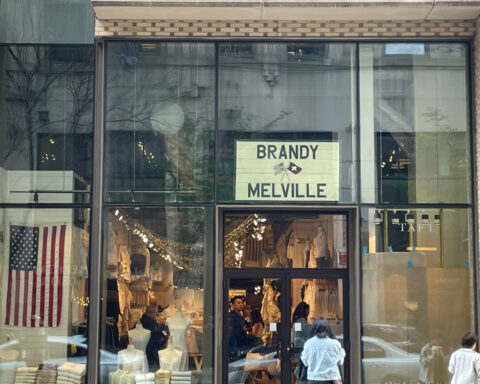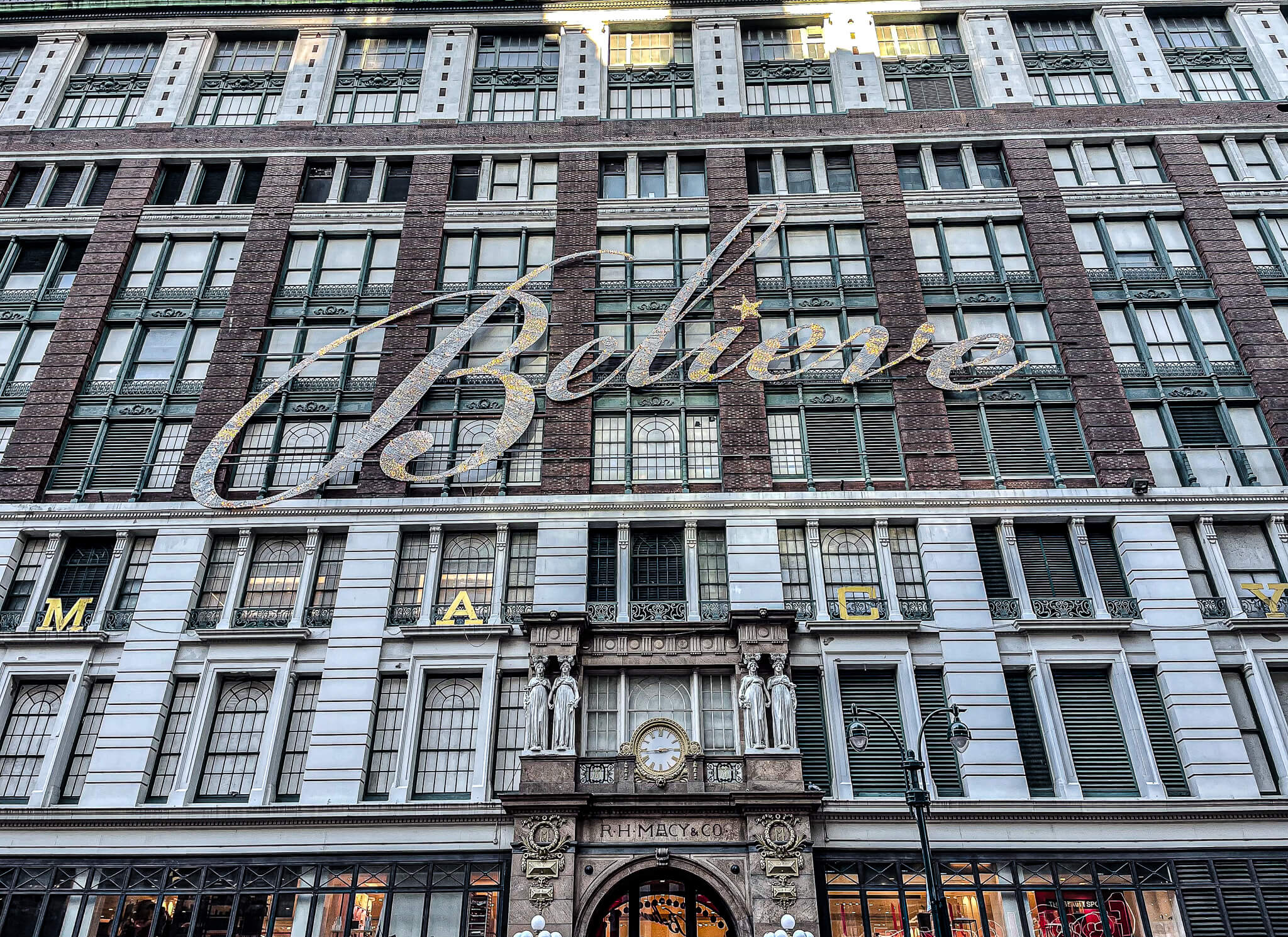It is 2022 at last, and along with every new year comes the dreams and aspirations of those looking to become better people and better entities. For our part at Manic Metallic, we have set company goals so that we can become a stronger, more robust company. We are entering our second official year in business, and we are certainly looking to grow – both for our own sake and for the purpose of increasing our ability to create positive change within the fashion industry.
As one of our continuing goals is to help to build a more equal and just fashion society, we are releasing five paths that fashion should take in order to achieve those ends of becoming a better industry for all involved.

Sustainability
Garment workers, in no small part as a result of the fashion industry’s complex supply chains, have been earning relative pennies in wages for decades. Fashion brands need to work with their suppliers to both increase wages for these workers and create humane working conditions for them in which to complete their jobs.
Perhaps the newly proposed law in New York State, the Fashion Sustainability and Social Accountability Act – (also called the ‘Fashion Act’), could begin helping to alleviate at least some of the burdens here. Among other requirements, brands that earn annual global revenues of at least $100 million would have to “map their supply chains, disclose environmental and social impacts, and set binding targets to reduce those impacts”. These companies would also be required to be transparent about the wages of their workers. And while this would not remedy the entire problem of low-wage factory work, it would be one of the strongest starts that we can point to in recent memory.
Another issue that we have had with our industry for a long period of time is the practice of putting on large fashion shows in which the collection looks number in excess of 100 in quantity. Design houses need to stop creating so many garments. No one truly needs to create a seasonal collection with that many ensembles. Any more than 60 looks (truly, no more than 40 looks) is completely unnecessary. Also, if designers must host these shows with wildly extravagant numbers of pieces, at least create them with environmentally-friendly fabrics.
The industry ultimately needs to realize that sustainability and paying workers fair wages are deeply intertwined.

Diversity
Fashion’s problems with diversity are legion. Stating that fashion has issues with maintaining a diverse atmosphere is, in fact, like stating that Dior created the “New Look”. Everyone knows it as a fact of life, at this point.
But it doesn’t have to be that way.
Ever since the murder of George Floyd occurred in May 2020, close scrutiny has rightly been visited upon the fashion industry and its practices towards people of color. Many initiatives have been started in order to give a voice to those that were not given enough of one previously. Not surprisingly, some of the more talked-about organizations and ventures to come out of the ashes of anger and rage have been those started – either fully or in part – by people of color. The Black In Fashion Council, Your Friends In New York, and the Black Fashion Fair have been working to push for the advancement of POC in the fashion industry over the past couple of years.
Fashion needs to keep up its enthusiasm around supporting non-white members of the industry, lest we all believe that those in charge were lying when they said that they supported a move toward a more inclusive industry.

Movement Away From An Overemphasis On Casualwear
We’ve seen enough loungewear, activewear, and exceptionally casual streetwear in fashion collections over the past two years to last us a lifetime. And we do get why designers created these garments: they wanted to cater to a population that was locked down during the pandemic and had nowhere to wear nicer clothes.
Life has started up again, though in fits and starts due to continual pandemic waves. We are still able to enter into the general public now. We can go out to dinner again. We can see shows on Broadway. We can meet up with our friends for drinks. Let’s allow the act of dressing up to once again be a process to be revered.
There will always be a crowd out there that wants nothing more than to be comfortable and, while that is understandable, continuing this needless emphasis on casualwear is suppressing the artistic value of what designers have deep within themselves to offer.

Offline Connection
Much of the world necessarily moved over to the virtual sphere once the pandemic hit. The thought was that this would be temporary, at least until the virus was brought under control. And, thankfully, we now have the tools to manage the coronavirus.
However, as new waves crop up, any in-person events are potentially endangered – if they’re not outright canceled or postponed. This is despite having what we need to interact safely with others.
So, our hope for 2022 is that the industry uses what we have – vaccines and (if necessary) masks – to protect our industry personnel from sickness and that we begin to meet in person again for events. Fashion is built on relationships and, while relationships can be created through the online sphere, there is no substitute for meeting in person and getting to know one another through personal interaction.
Virtual fashion shows worked for the period when we did not have the necessary means to fight this virus; virtual shows still work, we might add. It is our belief, however, that fashion is best when it is physically experienced. For those of us that cover, buy, or create fashion for a living, in-person events can and must return in a safe manner.

Technological Advancement
Fashion has had so many technological advancements coming its way that it’s enough to make one’s head spin. NFTs, alternative materials, the metaverse, and 3D printed clothing, for example, have all been on everyone’s tongues for the past few years (and longer, in some cases).
However, not all of this technological change is positive, in our opinion.
Our desire is for fashion to embrace the positive aspects of technological advancement, like alternative materials that are eco-friendly, and not dive too deeply into those that have no true value. What do we think that some of these unfortunate technologies are? We will discuss this topic in an upcoming article.
In the meantime, we consider the five above paths to be not a comprehensive agenda as to what fashion needs to accomplish in 2022, but an excellent beginning to achieving positive growth and creating an inclusive environment for everyone involved.
To subscribe to Manic Metallic‘s Substack newsletter, click here. To follow us on Bluesky, click here.




